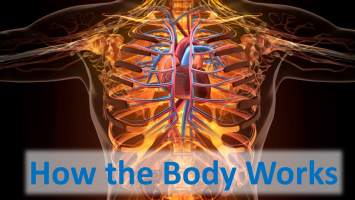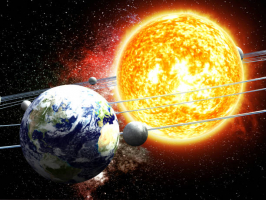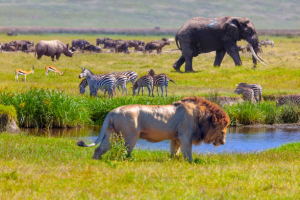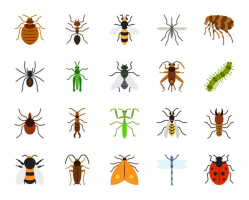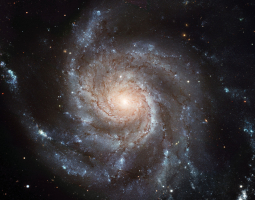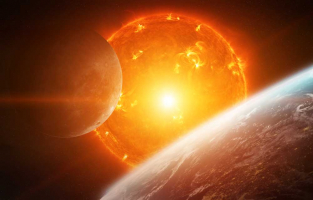Top 15 Questions About Earth’s Atmosphere and Weather Answered
An atmosphere is a gaseous blanket that covers the Earth. The Earth's atmosphere is classified into four layers: troposphere, stratosphere, mesosphere, and ... read more...thermosphere. These strata are separated by temperature. The sky contains Earth's atmosphere and is the site of the planet's weather, so there's a lot going on there. A clean sky normally indicates a warm and sunny day, but a dark, gloomy, and windy sky indicates an impending rainstorm. This list will assist you in learning more about the Earth's atmosphere and weather.
-
Many people believe that air is largely composed of oxygen. After all, it is what our bodies require most from the air we breathe. While oxygen is a major component of air, many other elements contribute to the air we breathe. The amount of oxygen in the air varies depending on where you travel. It accounts for approximately 21% of all air. However, the farther you get away from sea level, the fewer you'll discover. At the tops of towering mountains, for example, there is less oxygen in the air. As a result, mountain climbers frequently need to utilize oxygen tanks to reach the world's highest peaks, such as Mount Everest.
Around 78% of air is made up of another common gas known as nitrogen. If you've been doing the math in your brain, you've undoubtedly worked out that oxygen and nitrogen only make up around 99% of air. Aside from oxygen and nitrogen, air includes trace quantities of additional gases. Argon, carbon dioxide, helium, methane, and other trace gases are included. But wait, there's more! Other items found in air include dust, pollen, bacteria, spores, and even water! Water vapor in the atmosphere is a natural component of the water cycle. Humans perceive water vapor in the air as dampness, especially when the weather is humid.
Humid days are uncomfortable because the moisture in the air interferes with your body's natural cooling function. On a hot day, your body will sweat to keep cool. Sweat evaporates on your skin and exits your body, lowering your body temperature. Because there is already too much water vapor in the air on humid days, perspiration does not evaporate into the air as it should. So, even though you can't see all of these gases and minute particles in the air surrounding you, they're there and contribute to a chemical that your body requires. You can breathe easy now that you know a little bit more about the air you breathe every day!
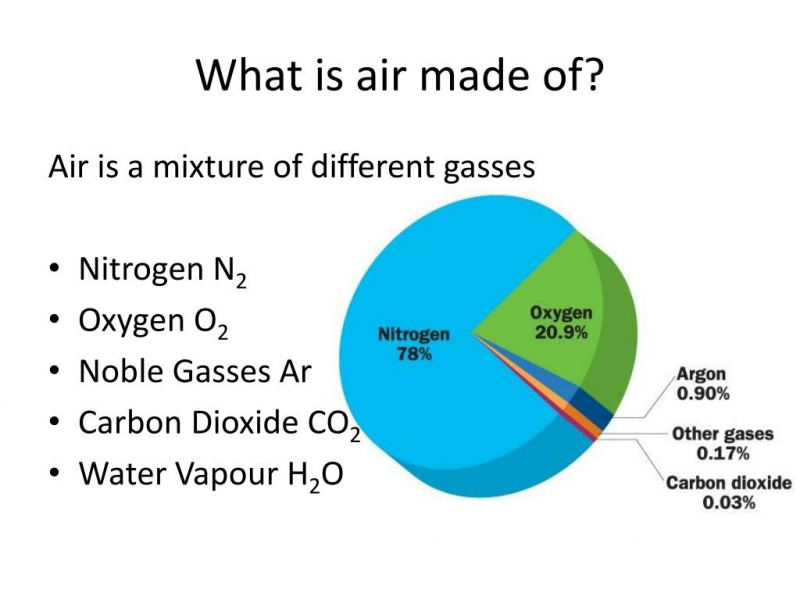
istockphoto https://www.youtube.com/watch?v=bLRl3Iwws1Q -
Ozone is a coating of ozone in the Earth's atmosphere. The ozone layer is found between 9 and 25 miles up in the atmosphere and is caused by the interaction of sunlight with certain air molecules. While this blue-tinged gas is good for the atmosphere, it also creates a layer of chemical fog at ground level. Smog is a secondary pollutant formed by photochemical reactions of certain air pollutants, which are often produced by internal-combustion engines and industrial activity.
The ozone layer is critical to all life on Earth because it protects all living things from the Sun's harmful UV radiation. Scientists estimate that shallow water marine creatures generated oxygen around 2 billion years ago. This emitted oxygen contributed to the formation of the ozone layer. Ocean creatures developed as oxygen levels rose. Once the protective barrier in the atmosphere was in place, sea plants and animals could safely expand onto land. Because of the depletion of ozone, some delicate creatures, which are essential to the Earth's food chain, may be destroyed by the Sun's powerful UV radiation.
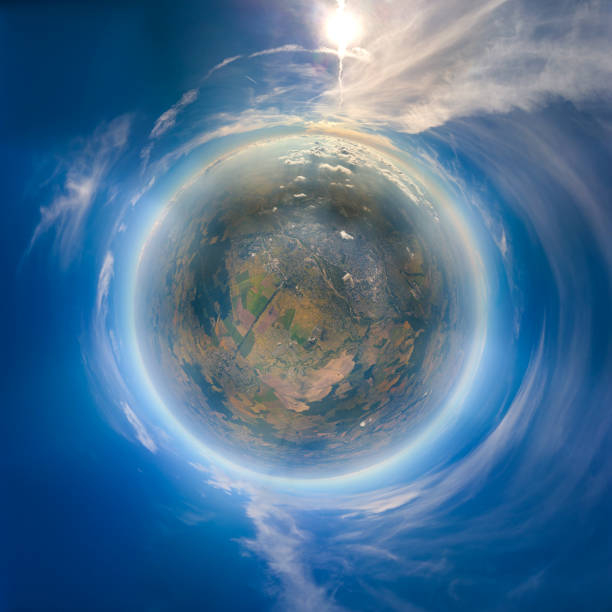
istockphoto https://www.youtube.com/watch?v=9HbZwSowZgs -
All people, animals, and plant life require oxygen to thrive. When Earth initially formed, its atmosphere lacked oxygen, the colorless, odorless, and tasteless gas that accounts for around 20% of the air we breathe. It was instead a lethal mixture of hydrogen, methane, ammonia, and hydrogen cyanide. The hydrogen went into space, and the Sun's UV light degraded the combination, leaving just nitrogen and carbon dioxide. Only around 3.4 billion years ago, when life first emerged and photosynthesis (the conversion of light energy into chemical energy by living organisms) began, did oxygen arise.
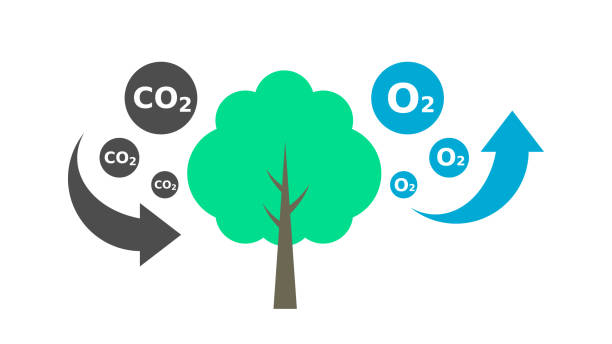
istockphoto https://www.youtube.com/watch?v=7RMYjMJDUZQ -
The answer begins with our solar system's ultimate source of light: the Sun. Sunlight seems white, yet it is composed of all the hues of the visible spectrum, from red to violet. Sunlight is absorbed, reflected, and transformed as it travels through the atmosphere by various elements, compounds, and particles. The color of the sky is principally determined by the wavelengths of incoming light, although air molecules (primarily nitrogen and oxygen) and dust particles also play crucial roles.
When the sun is directly overhead, the majority of its rays strike the atmosphere at almost vertical angles. Light with shorter wavelengths, such as violet and blue, is more easily absorbed by air molecules than light with longer wavelengths (that is, from red, orange, and yellow bands in the spectrum). After then, air molecules emit violet and blue light in diverse directions, saturating the sky. However, because our eyes are more sensitive to blue light than violet light, the noon sky looks blue rather than a blend of blue and violet.
When the sun is close to the horizon at dawn and dusk, its rays impact the atmosphere at more-oblique (slanted) angles, requiring them to travel a larger distance through the atmosphere than they would at midday. As a result, additional nitrogen and oxygen molecules, as well as other particles, can obstruct and scatter incoming sunlight. During this long journey, incoming radiation in the shorter blue and violet wavelengths is mainly filtered out, and its effect on sky color lessens. Longer wavelengths remain, and some of these rays impact dust and other particles near the horizon, as well as water droplets in clouds, to produce the red, orange, and yellow colors we see at dawn and sunset.
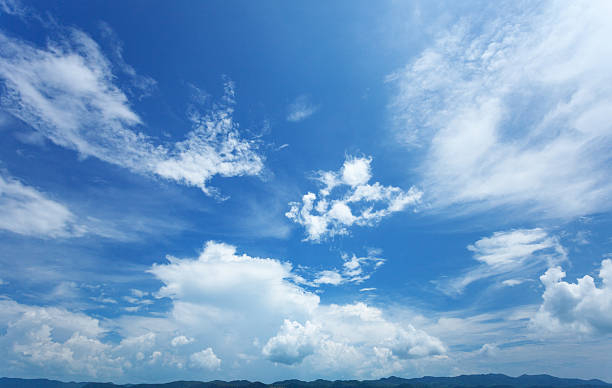
istockphoto https://www.youtube.com/watch?v=ehUIlhKhzDA -
The atmosphere is a layer of air that surrounds Earth. When the air in this layer heats or cools, it flows from one location to another. Wind is the movement of air. Winds transport moisture and heat throughout the earth and also cause much of our weather. Wind can be seen blowing through the trees, sometimes gently and scarcely discernible. Wind can also be felt as a soft breeze on your face and hair. At other times, the air may travel very fast and produce a severe and devastating occurrence, such as a tornado, causing trees to fall and automobiles and buildings to be damaged.

istockphoto https://www.youtube.com/watch?v=0yXC45dgmSs -
According to the Guinness Book of World Records, Commonwealth Bay in Antarctica has the highest average wind speed on the planet. Wind gusts in this bay often exceed 150 miles per hour! The average wind speed at the Commonwealth Bay weather station is 50 mph because it is nearly completely encircled by cliffs that funnel the air, similar to what happens between tall buildings.
Commonwealth Harbor is an open bay in Antarctica that is roughly 48 kilometers (30 miles) wide at the entrance between Point Alden and Cape Gray. It was found in 1912 by the Australasian Antarctic Expedition led by Douglas Mawson, who constructed the expedition's primary base at Cape Denison near the bay's head. Australasian Antarctic Expedition named it after the Commonwealth of Australia. Despite the extreme weather, the coast of Commonwealth Bay is an important breeding area for Antarctic petrels, emperor penguins, and Adelie penguins which means that there are also Leopard seals.
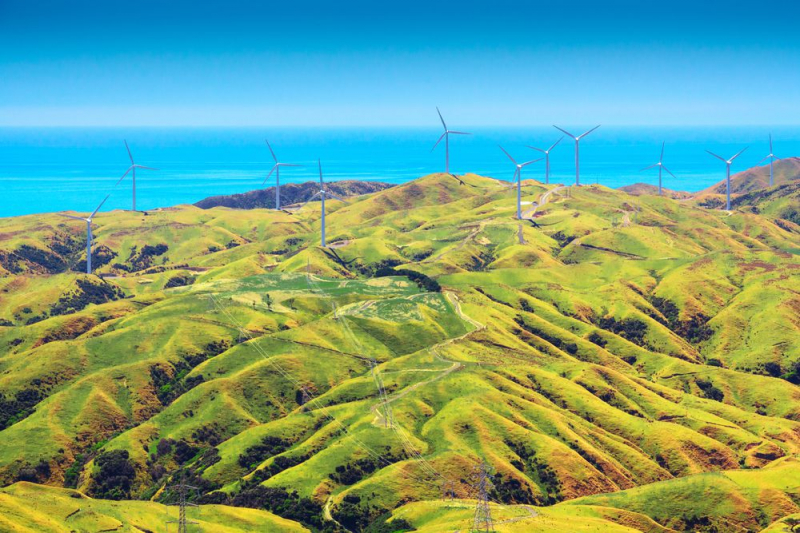
TreeHugger https://www.youtube.com/watch?v=P-QZ5Om9_20 -
Clouds are made up of billions of minute water droplets and microscopic ice crystals that float in the sky together. A cloud's droplets are around 100 times smaller than a raindrop. Low-level clouds, or those less than 6,000 feet (1,800 meters) above the earth, are largely formed of water droplets. They can, however, contain microscopic snow and ice crystals in cold conditions. During the summer, mid-level clouds, or those between 6,000 and 20,000 feet (approximately 6,000 meters), are made up of water droplets, but during the winter, they have a significant concentration of ice crystals.
Above 20,000 feet, high-level clouds are mostly comprised of ice crystals. Many clouds, in addition to holding water and ice crystals, include minor amounts of solid particles such as smoke and dust. The majority of the water in clouds is in the form of extremely minute droplets. The droplets are so light that they float through the air. These droplets may merge with other drops. Then they grow into bigger drops. When this happens, gravity pulls them down to Earth.
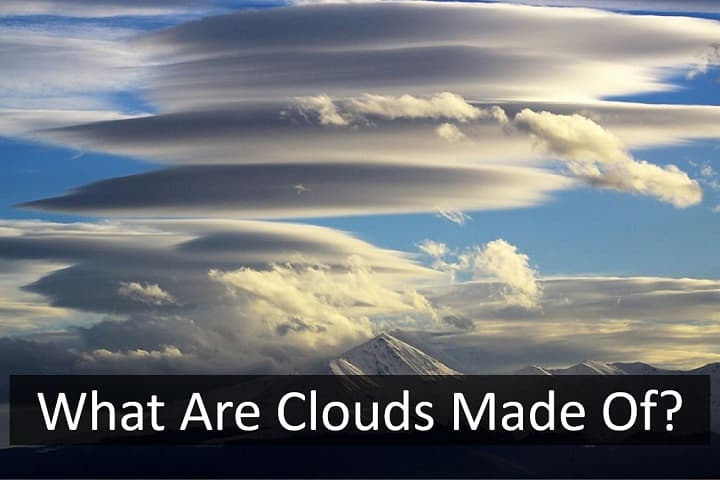
perfectatom.com https://www.youtube.com/watch?v=DigBbR3FeP8 -
Clouds float for numerous reasons. For starters, the droplets in a cloud are tiny. Very little. A typical cloud water droplet is only 20 micrometers wide. That is half the width of a normal human hair and roughly the same width as a dust particle. Despite the fact that dust is heavier than the surrounding air, a dust particle is so little that it may float in the air for a long time before descending. Water droplets in the air act similarly to dust.
The second reason clouds may float in the air is that there is a steady flow of warm air ascending to meet them: the warm air pushes up on the cloud, keeping it aloft. Third, clouds retain more heat than the surrounding air because they absorb more of the sun's energy.
Clouds can not float indefinitely; when the surrounding air warms, it becomes capable of containing the cloud's moisture as vapor, and the cloud vanishes. And occasionally, the cloud grows so huge and wet that the water droplets begin to attach to each other and grow larger and larger. The water droplets enlarge to the point that they no longer behave like dust particles. Droplets start to fall. If you gaze up at this type of cloud, your face will be wet: those drops are now referred to as "rain", and you should get indoors.
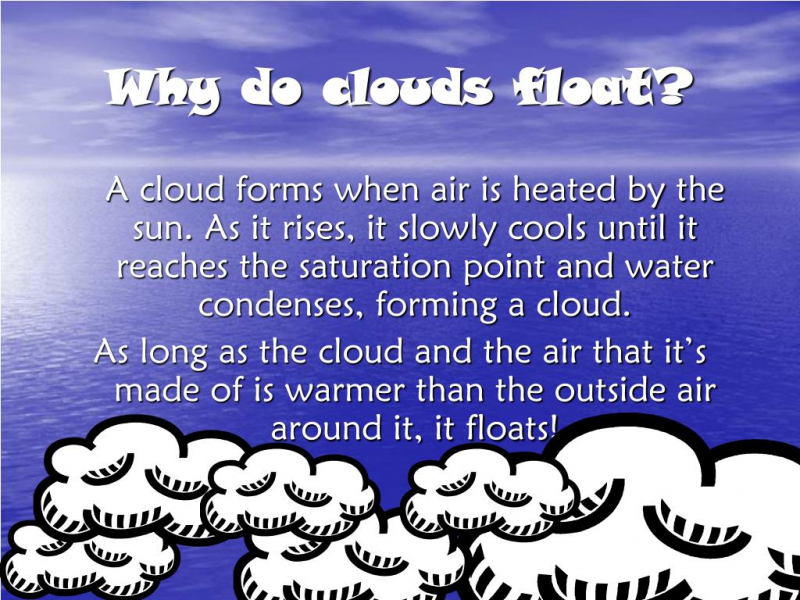
SlideServe https://www.youtube.com/watch?v=ddeGbeh9pQY -
Jets create white trails, or contrails, in their wakes for the same reason that you can see your breath from time to time. The hot, humid exhaust from jet engines interacts with the atmosphere, which has a significantly lower vapor pressure and temperature at high altitude than the exhaust gas. The water vapor in the jet exhaust condenses and may freeze, forming a cloud remarkably similar to the one formed by your hot breath on a cold day. Carbon dioxide, sulfur and nitrogen oxides, unburned fuel, soot and metal particles, and water vapor are all found in jet engine exhaust. The soot acts as a condensation location for water vapor. Any particles in the air serve as additional locations.
Contrails can vary in thickness, extent, and duration depending on a plane's altitude as well as the temperature and humidity of the environment. The characteristics and persistence of jet contrails can be utilized to forecast weather. A thin, short-lived contrail signifies low-humidity air at high altitude, indicating good weather, but a thick, long-lasting contrail reflects humid air at high elevations and can be an early warning sign of a storm. The mixing gases in the contrail spin in relation to the surrounding air. Vortices are these areas of whirling flow. (Any sharp surface, such as the tip of a wing, can create vortical flow in its wake if it is big enough or the flow is rapid enough.) These following vortices may occasionally interact with one another.

monroeaerospace.com https://www.youtube.com/watch?v=dh9PJRkxoC0 -
It's common knowledge that most clouds are white, however rain clouds are often a deeper gray. However, why are rain clouds so dark? Let's start by talking about how clouds develop. The air surrounding you is dense with water vapor, which is water in its gaseous state. When the air near the ground heats, it begins to rise, carrying water vapor with it.
As the air climbs higher into the sky, it begins to cool, allowing water vapor to condense upon atmospheric dust from volcanoes, automobile exhaust, and other sources. Clouds are formed when water droplets and ice crystals coalesce or join together. Unlike air particles, which scatter more blue light than other colors (causing the sky to seem blue), microscopic cloud particles scatter all hues of light equally, resulting in white light. In general, the hue of a cloud is determined by its proximity to the sun. When clouds obstruct sunlight, they seem gray. The more dense the cloud, the more light it obscures. When a cloud is around 3,000 feet (900 meters) thick, very little sunshine penetrates the cloud.
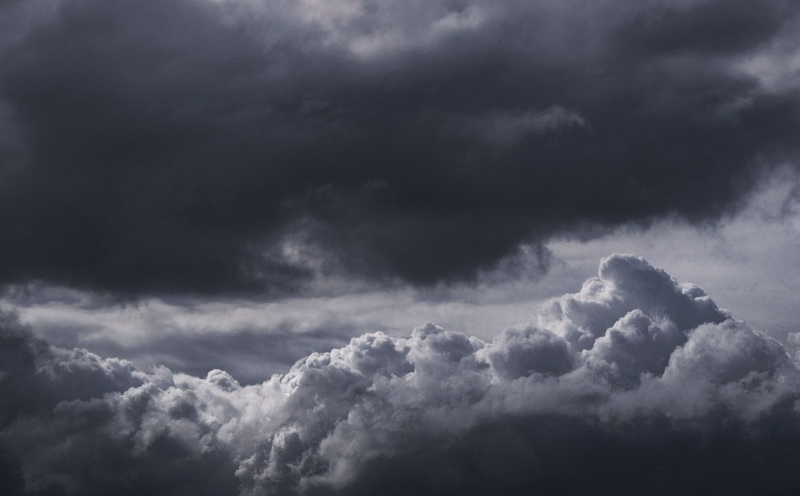
Pinterest https://www.youtube.com/watch?v=z5sTUCyuYNs -
A rainbow is an arc that depicts all of the colors and wavelengths that comprise visible light. A rainbow is made up of seven hues that always appear in the same order: red (with the longest wavelength), orange, yellow, green, blue, indigo (a deep reddish-blue that is frequently difficult to discern), and violet (with the shortest wavelength). To recall the sequence of those colors, use the first letter of each to form ROYGBIV, which is pronounced "roy-jee-biv".
A rainbow arises when sunlight travels through water droplets and is refracted or twisted into various wavelengths by their rounded form. Rainbows can be seen in the mist of waterfalls and the sky during a rain shower when the Sun is still shining. In the sky opposite the Sun, a rainbow emerges. Because the Sun must be low in the sky, close to the horizon, late afternoon is the optimum time to seek for a rainbow if the day has been bright with a few brief rain showers or thunderstorms.
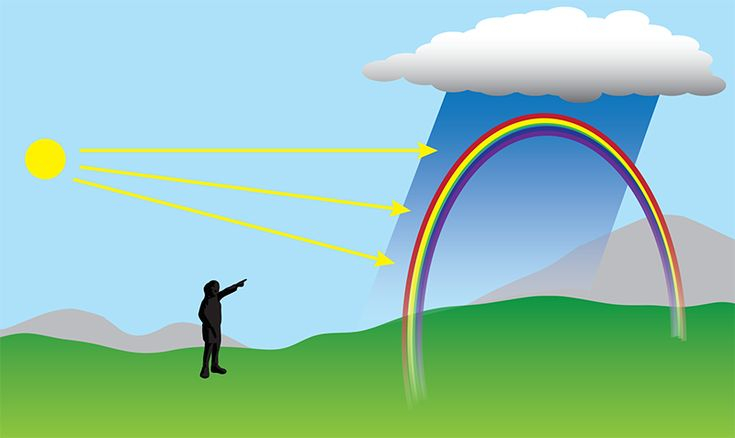
Pinterest https://www.youtube.com/watch?v=nCPPLhPTAIk -
Lightning bolts are extremely thin. They are roughly two to three centimeters (three-quarters of an inch to slightly more than an inch) broad, according to the Met Office of the United Kingdom. Lightning bolts are typically two to three miles long, despite being roughly the width of a thumb.
What you see when you look at a lightning bolt is how brilliant it is. That's why, despite their thinness, lightning bolts may be seen from a long distance. Even though they appear to be cool, lightning is deadly, and it is critical to keep safe during a storm. Lightning is extremely deadly, but severe storms may also bring tremendous winds and heavy rain.
Lightning bolts are still potent, no matter how thin they are, and it's better to remain out of their path. According to the Met Office, they may reach temperatures of more than 54,032 degrees Fahrenheit, which is five times hotter than the sun. And, at 270,000 mph, you won't have much time to get out of the path before one crashes to the earth.
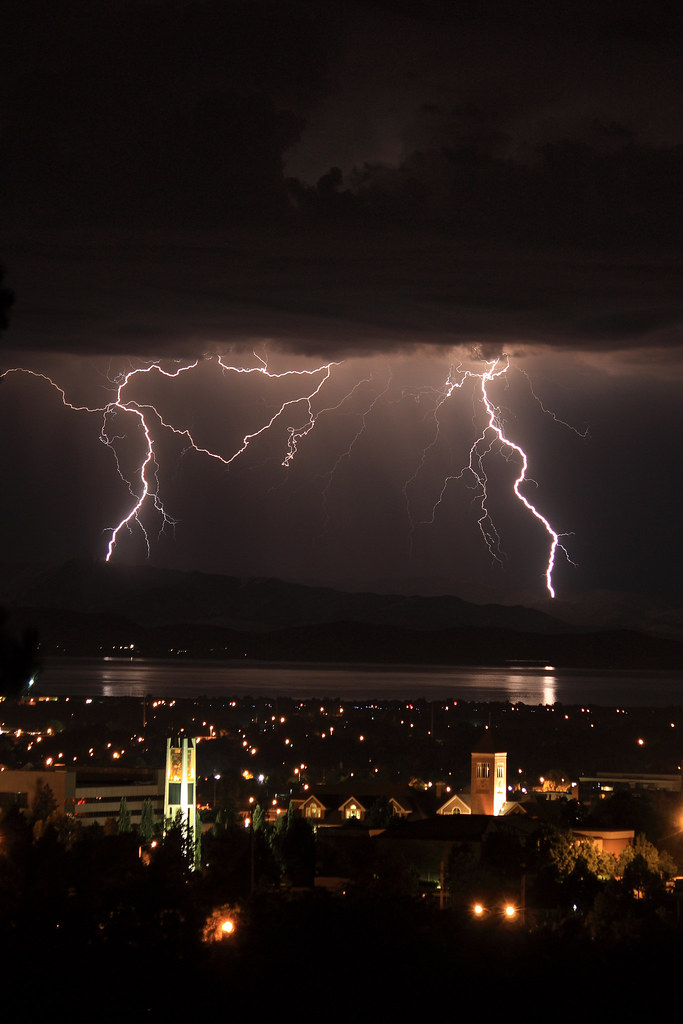
Flickr https://www.youtube.com/watch?v=EwzD0S4oYyo -
Thunder may be heard up to 10 miles away from the location of the lightning strike. If you hear thunder, it's a sign that you're within striking distance of the storm. When lightning hits, the air temperature along the lightning path can reach 50,000 degrees Fahrenheit (five times hotter than the surface of the sun).
The surrounding air immediately cools and shrinks following the flash, producing the thunderous sound wave. Although lightning strikes only strike one location on the earth, they can travel several miles through the air. A crisp click or crack is usually an indicator that a lightning channel has passed nearby. Lightning is at least several miles distant if you hear a rumbling.
During wet summer weather, the "flash-to-bang" strategy can keep you safe from lightning strikes. The National Weather Service suggests taking cover for at least 30 minutes if the period between the lightning flash and the sound of thunder is shorter than 30 seconds. This indicates that lightning is less than 6 miles away and that the next strike may harm you.
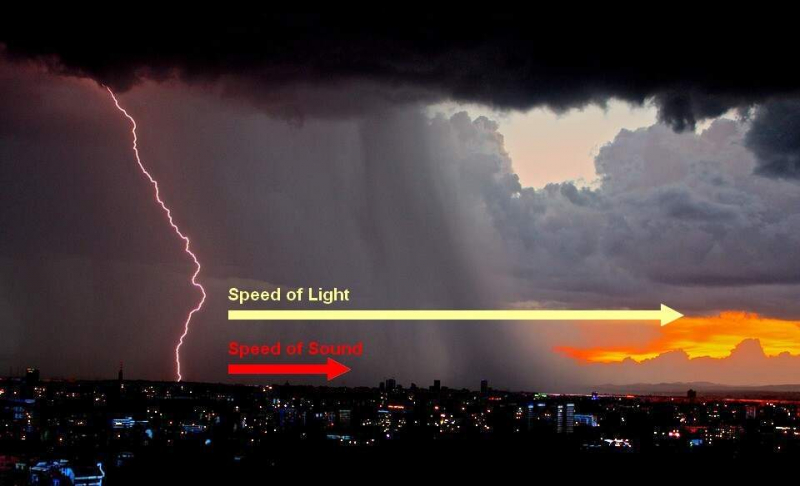
Electrical Engineering Web https://www.youtube.com/watch?v=hZgzrPWGz_Y -
A hurricane, also known as a tropical cyclone or a typhoon, is a major storm characterized by a wide system of dark clouds, heavy rainfall, and powerful winds circling a calm core. It forms in the warm waters of the tropics and then lumbers slowly across the world's seas (such as the Atlantic, the Gulf of Mexico, the Caribbean, and the western Pacific Ocean) at speeds ranging from 5 to 20 miles (8 to 32 kilometers) per hour, revolving around a low-pressure core. Although the storm as a whole travels slowly, the circular winds blow at rates ranging from 75 to almost 150 miles per hour (121 to 241 kilometers per hour).
During these "monster storms," buildings are blown apart, powerful trees' leaves and branches are pulled off, plants are ripped from the ground, and flash floods take away anything not securely planted to the earth, including houses, animals, and people. The central core of the storm, which may be over 15 miles (24 kilometers) in diameter in certain situations, is referred to as the hurricane's eye. Today, space satellites follow the route of storms to provide early warning to individuals in the storm's path.
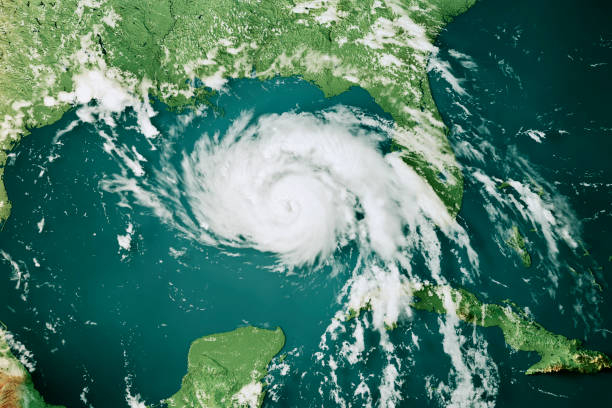
Daily Mail 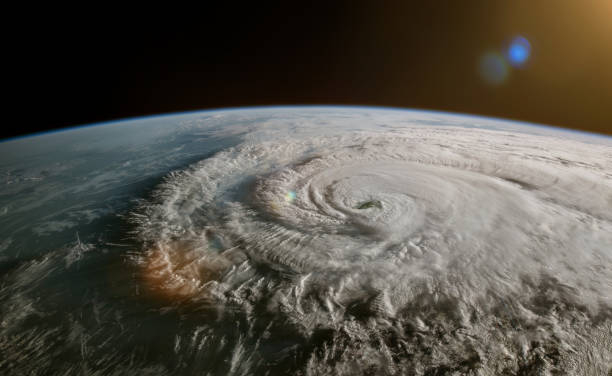
The Weather Channel -
Tornadoes, which are intense, funnel-like storms with high winds that typically erupt during thunderstorms, pose a threat to anybody around. These "twisters" are capable of destroying anything in their path, including homes, people, automobiles, trees, animals, and entire cities. Lightweight mobile houses are occasionally tipped over. On April 3, 1974, a violent tornado rushed into Xenia, Ohio, leveling a farmhouse and breaking everything inside, leaving just three fragile objects completely intact: a mirror, a case of eggs, and a box of Christmas decorations! Tornadoes may also perform unusual things like take a train off its tracks and drop it a short distance away!
Every year in the United States, an average of 1,000 tornadoes occur. When a downward flow of cold air from the clouds collides with a rising flow of warm air from the ground, a tornado forms if the atmospheric circumstances are exactly correct. Tornadoes are most common in Tornado Alley, a 10-state region ranging from Texas to Nebraska that also includes Colorado, Iowa, Illinois, Indiana, Missouri, and Arkansas. The majority of weak tornadoes last less than 10 minutes and travel only a small distance. Tornadoes have been reported to last for hours and to travel more than 100 miles (161 kilometers).
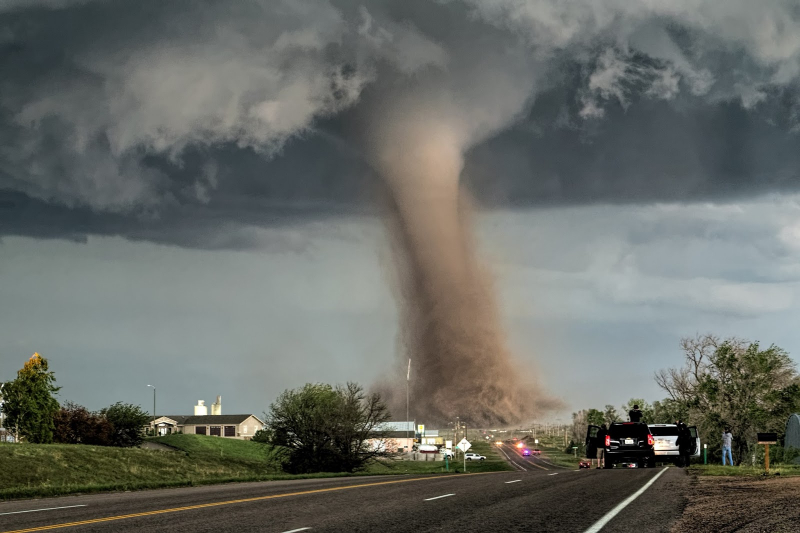
blogspot.com https://www.youtube.com/watch?v=FZ4GU8JLinw

















